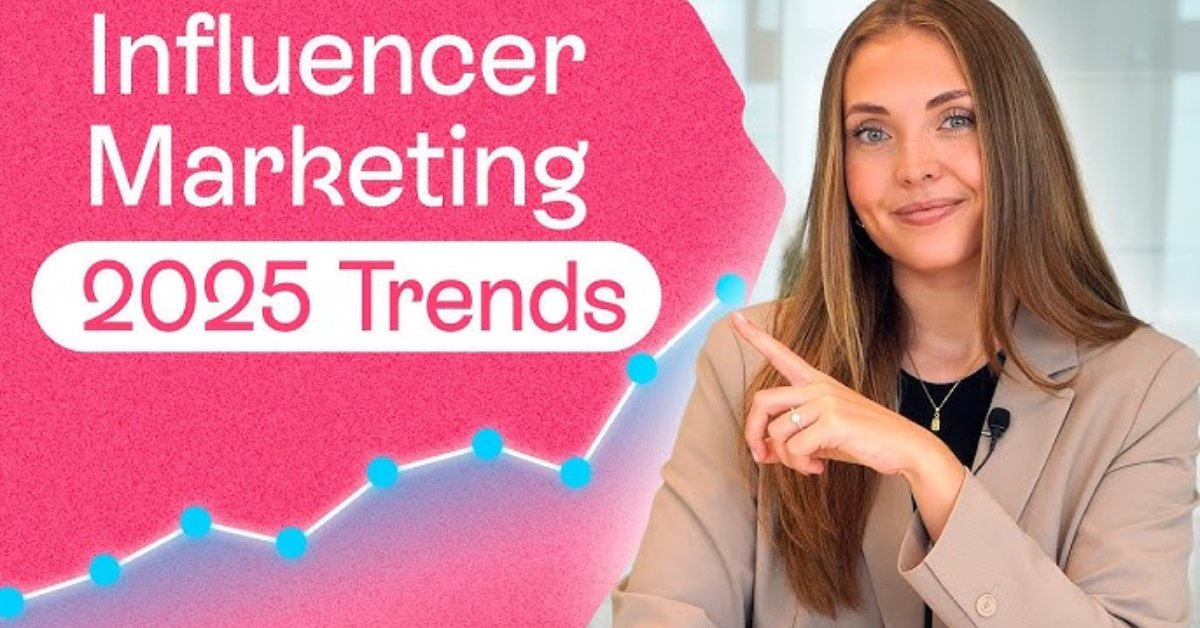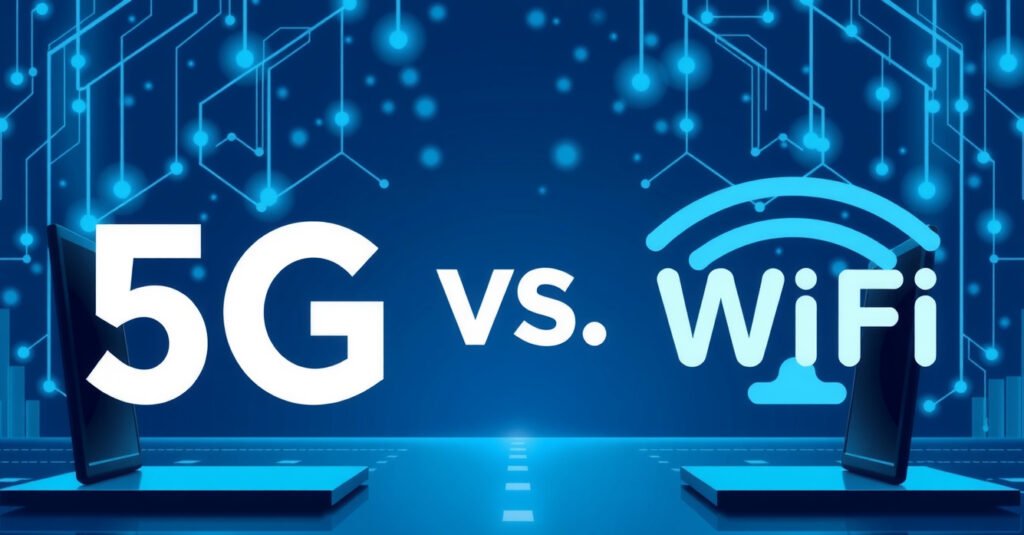Top YouTubers and Influencer Marketing Trends in 2023
How Digital Creators Are Redefining Brand Engagement
Introduction
YouTube, with over 2.7 billion monthly active users, has solidified its place as a powerhouse for influencer marketing. As audiences shift away from traditional ads, brands are increasingly collaborating with top YouTubers and adapting to emerging trends to connect with consumers. This article explores the creators dominating the platform and the strategies shaping influencer marketing in 2023.
Top YouTubers Shaping the Digital Landscape
Here are the trailblazers redefining content creation and brand partnerships:
- MrBeast (Jimmy Donaldson)
- Subscribers: 200+ million
- Niche: Philanthropic stunts, challenges, and viral content.
- Why He Stands Out: Known for high-budget, altruistic videos (e.g., planting 20 million trees), MrBeast partners with brands like Microsoft and Honey for integrated campaigns that blend entertainment with purpose.
- PewDiePie (Felix Kjellberg)
- Subscribers: 111 million
- Niche: Gaming, commentary, and meme culture.
- Legacy: A pioneer of influencer marketing, PewDiePie’s collaborations with brands like G FUEL and YouTube itself highlight his enduring relevance.
- Emma Chamberlain
- Subscribers: 12 million
- Niche: Lifestyle, coffee culture, and relatable vlogs.
- Brand Appeal: Partnerships with Louis Vuitton and Starbucks capitalize on her Gen Z authenticity and unpolished charm.
- NikkieTutorials (Nikkie de Jager)
- Subscribers: 15 million
- Niche: Beauty and makeup.
- Impact: Collaborations with Maybelline and Ofra Cosmetics leverage her expertise and LGBTQ+ advocacy.
- Marques Brownlee (MKBHD)
- Subscribers: 18 million
- Niche: Tech reviews and gadget analysis.
- Authority: Trusted by brands like Tesla and Google for his unbiased, in-depth reviews.
Influencer Marketing Trends Dominating 2023
Brands are adapting to these key shifts to stay relevant:
- Micro-Influencers Take Center Stage
- Smaller creators (10k–100k followers) boast higher engagement rates (6% vs. 3% for macro-influencers). Local businesses and niche markets increasingly partner with them for cost-effective, authentic promotions.
- Authenticity Over Aesthetics
- Audiences favor raw, unfiltered content. Creators like Emma Chamberlain and Day in the Life vlogs resonate because they feel genuine, pushing brands to prioritize relatability over polished ads.
- Long-Term Partnerships
- Brands like Gymshark and Red Bull invest in multi-campaign deals with creators, fostering trust and narrative continuity. Example: MrBeast’s ongoing partnership with Feastables.
- Short-Form Video Dominance
- YouTube Shorts (averaging 50 billion daily views) and TikTok-style content drive trends. Creators repurpose clips across platforms, and brands like Nike leverage bite-sized videos for viral challenges.
- Data-Driven Campaigns
- AI tools analyze audience demographics and engagement patterns. Platforms like Influencity and AspireIQ help brands identify ideal creators and track ROI.
- Social Commerce Integration
- Shoppable videos and product tags (via YouTube Shopping) let users purchase directly from content. Beauty brands like Glossier use tutorials with clickable product links to boost sales.
- Diversity and Inclusivity
- Campaigns spotlight underrepresented voices. Rihanna’s Fenty Beauty, for instance, partners with creators of diverse skin tones and body types to amplify inclusivity.





